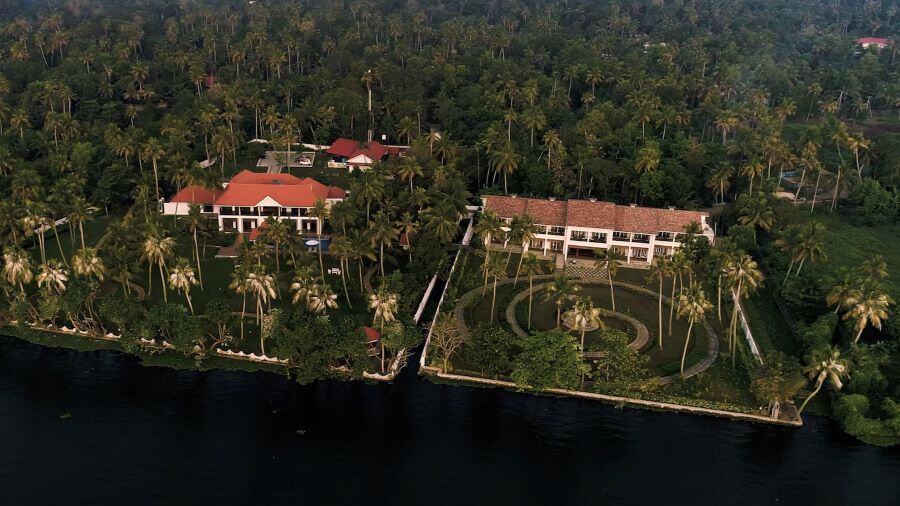Wellness has become quite the buzz word today. But wellness does not simply include physical wellness that comes from the body, but also mental and emotional wellness. Some wellness activities like meditation can boost focus and bring us in alignment with ourselves. While others like spas can help the body and mind to relax at the muscular level and ease tension.
Six Senses Vana is a holistic wellness centre located in Dehradun, amidst a forest reserve. While I was there, I tried various wellness activities that calmed my mind, relaxed my body and soothed my soul. Here are the top six holistic wellness experiences I tried at Six Senses Vana.
Watsu
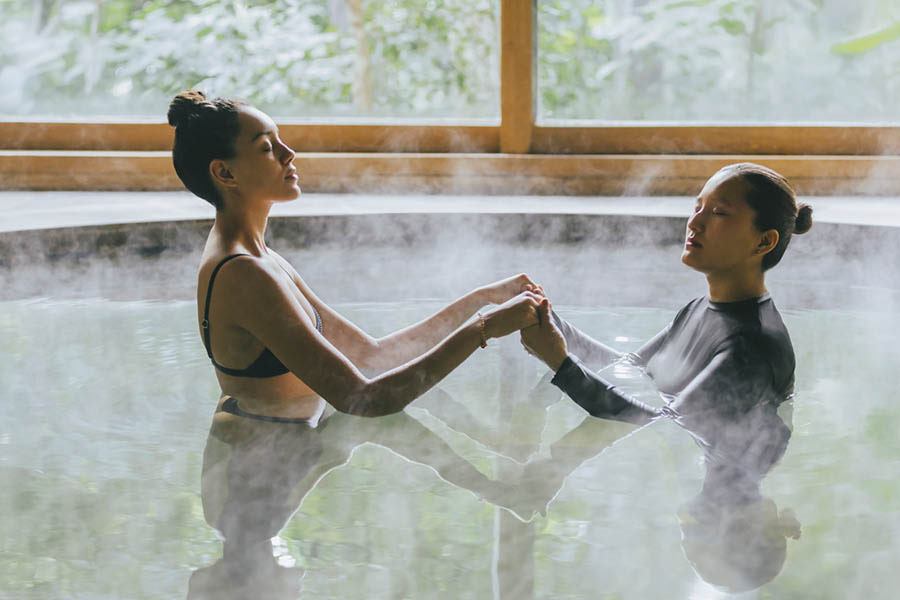
After 45 minutes of watsu, the author could feel a deep connection with her subconscious mind
This is a Japanese form of flexing that is relatively uncommon in India. Watsu began with me entering a mini-pool (specifically designed for watsu) along with the designated healer. She held me in the water like a baby and began flexing my muscles. Then she rotated me in the pool followed by deep stretching of my arms, legs, waist and neck, releasing a lot of the pressure there. After 45 minutes of watsu, I could feel a deep connection with my subconscious mind. My conscious mind seemed to have calmed down. Watsu is a great therapy for anyone trying to achieve more balance, calm and body relaxation.
Raag Nidra
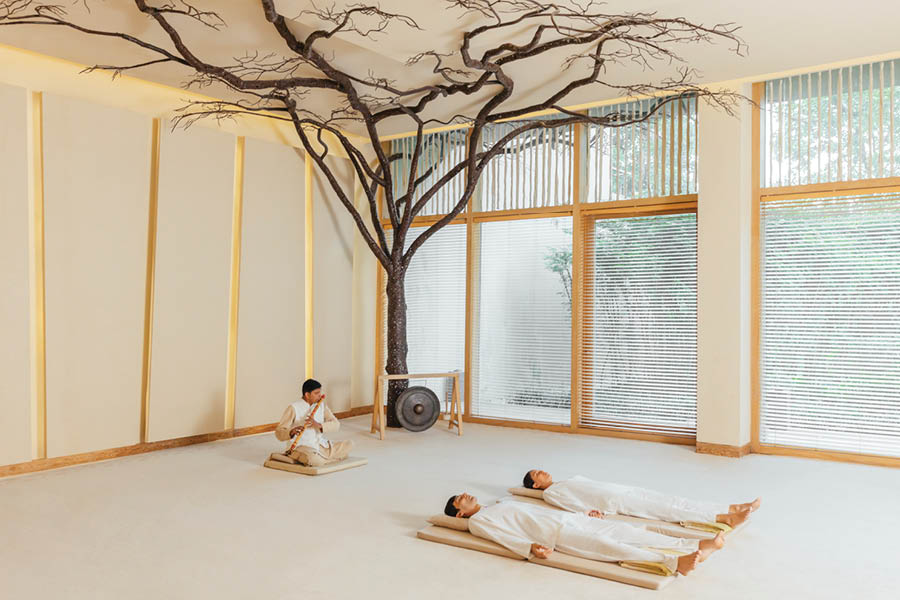
Music is a vital part of raag nidra
This is a body and mind relaxation therapy, which is deeply rooted in ancient India. In raag nidra, a flautist plays calming tunes for about an hour while one lies on a bed on the floor, covered in warm blankets with their eyes closed. This is mostly conducted in a group yet feels deeply personal. The guide instructs one to move one’s consciousness from the head to the arms, then to the waist, then to the legs, then to the mind and so on. While we kept moving our consciousness, we could feel our bodies relax amidst the backdrop of the engaging flute music. A lot of people fall asleep while participating in the raag nidra session because they experience deep relaxation. This therapy is also known to cure insomnia, since it can be practised at night as a ritual before sleeping.
Hor Gyi Metsa

Hor Gyi Metsa at the Sowa Rigpa centre at Six Senses Vana
This is a therapy with its roots in Tibetan culture and involving Buddhist elements of healing. At Six Senses Vana, they have a centre called Sowa Rigpa, which is dedicated to Buddhist healing techniques, which have been passed on across generations. The Sowa Rigpa centre has numerous Buddhist paintings in Tibetan style and the whole place looks like it is designed for deep healing. Hor Gyi Metsa involves deep relaxation arising from Buddhist chants and hot potli bags with Buddhist herbs that are pressed over the body. During this therapy, I fell asleep and woke up relaxed. The Sowa Rigpa centre was my personal favourite experience at Six Senses Vana.
Cave Meditation
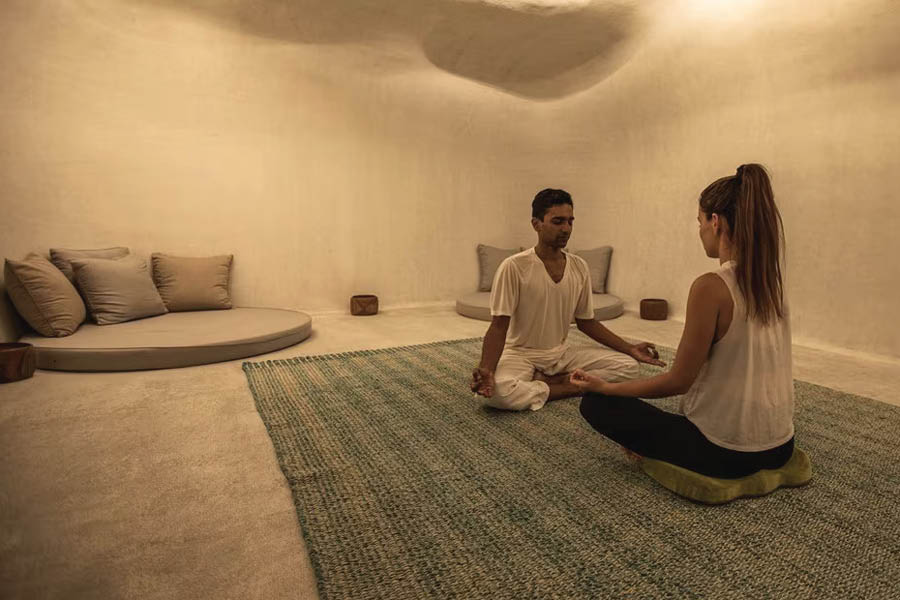
Cave meditation involves sitting on the cave floor with eyes closed and chanting Om
The cave meditation at Six Senses Vana took place in an artificially designed underground cave. It had a lot of Buddhist paintings and other artworks for an element of peace. The cave meditation involved me sitting on the cave floor with my eyes closed and chanting Om, feeling the sound reverberate and touch different parts of my body. During this meditation, I felt at one with the world around me. A cave is a perfect place to practise this meditation, since it allows sounds to echo. After learning cave meditation at Six Senses Vana, I practised it in actual caves in north India, where monks are known to meditate.
Abhyanga
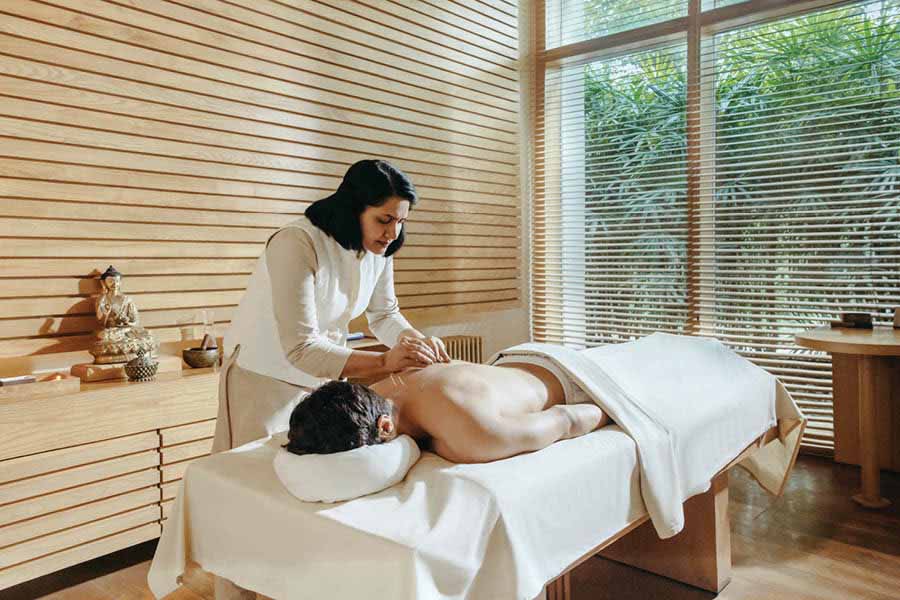
Abhyanga involves scrubbing the body, taking steam, bathing and massage therapy
Abhyanga is an ancient Indian form of flexing therapy. It involves scrubbing the body, taking steam, bathing and massage therapy. This therapy is used by a lot of athletes, since it releases tension with the application of pressure on the body. As I lay on the bed, two Abhyanga therapists scrubbed my body for around 45 minutes. My skin felt much calmer after the therapy with fewer breakouts for around three months. What I enjoyed most about the Abhyanga was the deep flexing that the Abhyanga therapist indulged my body in. With alternate pushing and pulling, my body felt a sense of relief. The whole Abhyanga centre has rooms facing the trees amidst boundless nature.
Candle meditation

Candle meditation helps with better visualisation
Candle meditation was conducted in the cave itself. Here too was a backdrop of numerous Tibetan works of art and Buddhist paintings, creating an atmosphere of meditation and self-awareness. For the candle meditation, we sat on low cushions and wore shawls to stay warm. All the lights in the cave were turned off and we were given one candle each. The candle meditation had three parts to it. The first involved focusing on the large flame outside the candle and noticing its colour — not just red but also blue and black. In the second, we looked at the middle flame and noticed its bright yellow and golden colour. We ignored everything else in the flame during this focused section. The third section was even more focused on a smaller part of the candle. We looked at the top of the wick and focused on the intermingling of red and black there. After each section of focus, I felt calmer and could visualise better. This meditation technique boosted my confidence and self-awareness.

